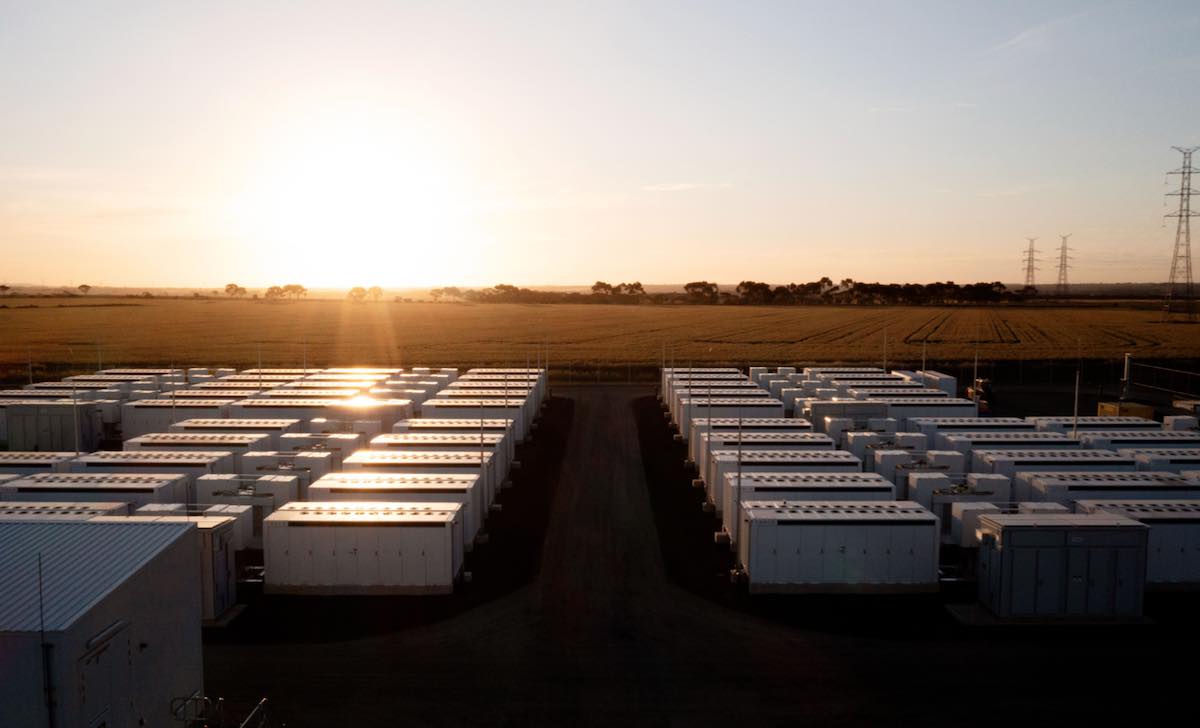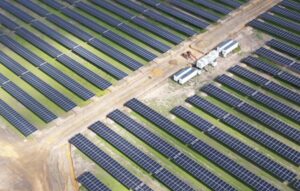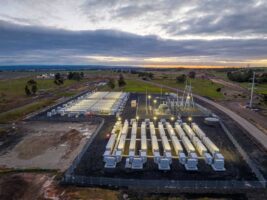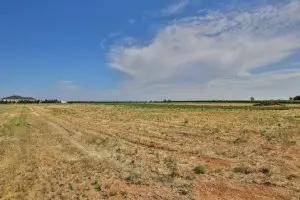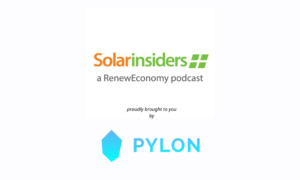One of the most fascinating parts of the green energy transition – and in recent years the most uplifting – has been the rapid growth in the battery storage sector, and how bit by bit the best developers have slowly unfurled the multiple uses that can be applied in the grid.
Battery storage is sometimes referred to as the Swiss Army Knife of the grid because, unlike virtually any other grid asset, is has the speed and flexibility to perform multiple tasks, from storage and time shifting solar, to act as a peaking plant, address frequency control and other grid services such as inertia and system strength, and network support.
The main problem is that few people predicted this, least of all the market regulators and rule makers, so there has not been a ready-made market for these services. That has required a certain amount of creativity and trust as developers took new ideas to the network, government or market operators, and landed a contract to deliver them.
The most successful of these developers has undoubtedly been Neoen Australia. In 2017 it landed a contract with South Australia to help build the very first Tesla Big Battery, formally known as the Hornsdale Power Reserve, and has expanded that and built other big battery projects with often “first of the kind” contracts with governments and/or grid operators.
Hornsdale, for instance, has been expanded to deliver the first services of a battery with “grid forming inverter” technology, now seen as a key in the shift away from fossil fuelled spinning machines.
It landed the first grid services contract – acting as a kind of virtual transmission – with the Victoria Big Battery, a contract now replicated by the NSW government with the giant Waratah Super battery which will act as a giant “shock absorber.”
Neoen also landed the first “baseload renewables” contract with the Blyth battery in South Australia, where it is combining with the new Goyder South wind farm to deliver firm green power to BHP’s giant Olympic Dam mine.
Neoen is now building the country’s biggest battery at Collie in Western Australia – 560 MW and 2240 MWh – after winning key contracts to help soak up excess solar in the middle of the day to put them back into the grid in the evening peak.
It is also building one of the world’s biggest batteries in Ontario, Canada, where it will be tasked, as will other batteries of a similar size, to soak up excess nuclear in the middle of the day and return that to the grid in the evening peak – just as it is doing with rooftop solar in W.A.
The transition in services has seen the duration of the batteries also increase significantly, from less than 1.5 hours in the Hornsdale battery to four hours of storage in some its new projects. Some other batteries are being attracted to deliver eight hours of storage as the opportunities for arbitrage grow in the grid.
At last week’s analyst briefing for Neoen’s first half results, chairman and CEO Xavier Barbaro was asked about the company’s success in battery storage and its confidence of staying ahead in the market.
“It’s a market in which there is no guaranteed profitability,” Barbaro said. “You still have to be creative to reinvent yourself.
“We see lots of opportunities at the same time. We also see some some disappointing situations in markets where we are not necessarily active. If you look at the UK, the revenues for storage have collapsed.
“So if there is, let’s say, if there’s too many, too many players coming to the party, it can it can significantly decrease the revenues that that you can make from a battery.”
This is true of the Hornsdale battery, which in the latest half suffered a significant fall in earnings because the FCAS market in South Australia is now subject to huge competition with the addition of new batteries in that state and elsewhere.
Hornsdale made its mark on the grid by helping to crush one of the most egregious cartel-like behaviours – the FCAS market in South Australia that was dominated and controlled by local fossil fuel generators – but those revenues are falling away in the face of more competition.
“So at Neoen, we try to differentiate ourselves in storage to come up with new services, to explore new geographies,” Barbaro said, noting that the company is building batteries in France, Finland and in the Americas as well as Australia.
And he noted that the company’s position as a power generator – it also builds and owns many wind and solar farms – puts it in a strong position vis a vis specialist storage developers.
“So the business model that we have in mind is, of course, to provide storage services to third parties to the grid, to the local authorities and local governments,” Barbaro said.
“But eventually if those streams, those revenue streams are depleted, we can still use those batteries for our own account which is what makes storage for Neoen, in our view, a safe investment – which is not always true for other players.
“So you need to be cautious in storage, especially if you look at them through the eyes of other financial analysts, but for players like us which are at the same time a power generator and an active player in storage, we believe that there is a much safer investment case and then for others.”
Neoen is also building batteries at Western Downs in Queensland, next to a 400 MW solar farm, and the Capital battery in the ACT, which is partly contracted to the local government. It also owns the small Bulgana battery in Victoria, next to the wind farm of the same name.
The Victoria and Bulgana batteries, however, may be sold to help Neoen’s new owners Brookfield, negotiate issues with the competition regulator as it already owns a significant stake in the local network provider. Barbaro confirmed that discussions are underway with the ACCC to “find remedies” to the situation.
See Renew Economy’s Big Battery Storage Map of Australia for more information on these and other project.

